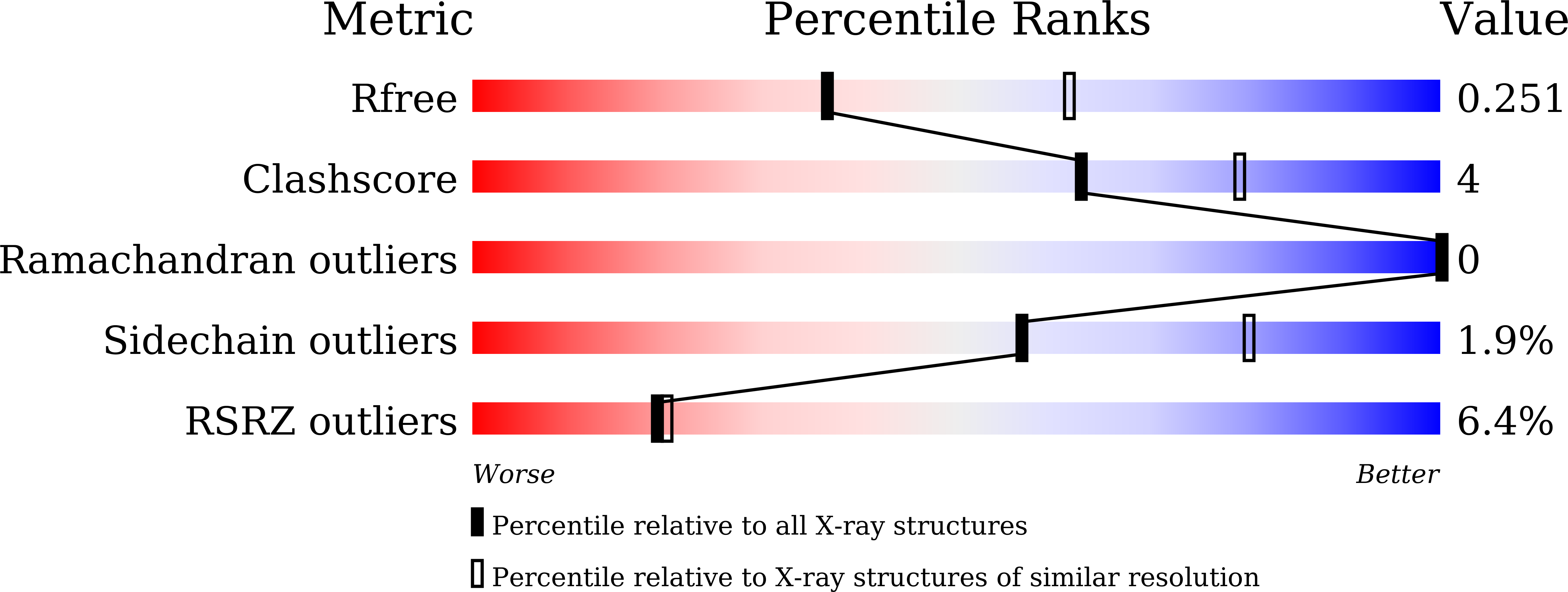
Deposition Date
2020-12-28
Release Date
2021-12-08
Last Version Date
2024-05-29
Entry Detail
PDB ID:
7DRJ
Keywords:
Title:
Crystal structure of phosphatidylglycerol phosphate synthase in complex with phosphatidylglycerol phosphate
Biological Source:
Source Organism:
Staphylococcus aureus (strain N315) (Taxon ID: 158879)
Host Organism:
Method Details:
Experimental Method:
Resolution:
2.50 Å
R-Value Free:
0.24
R-Value Work:
0.21
R-Value Observed:
0.21
Space Group:
C 1 2 1


